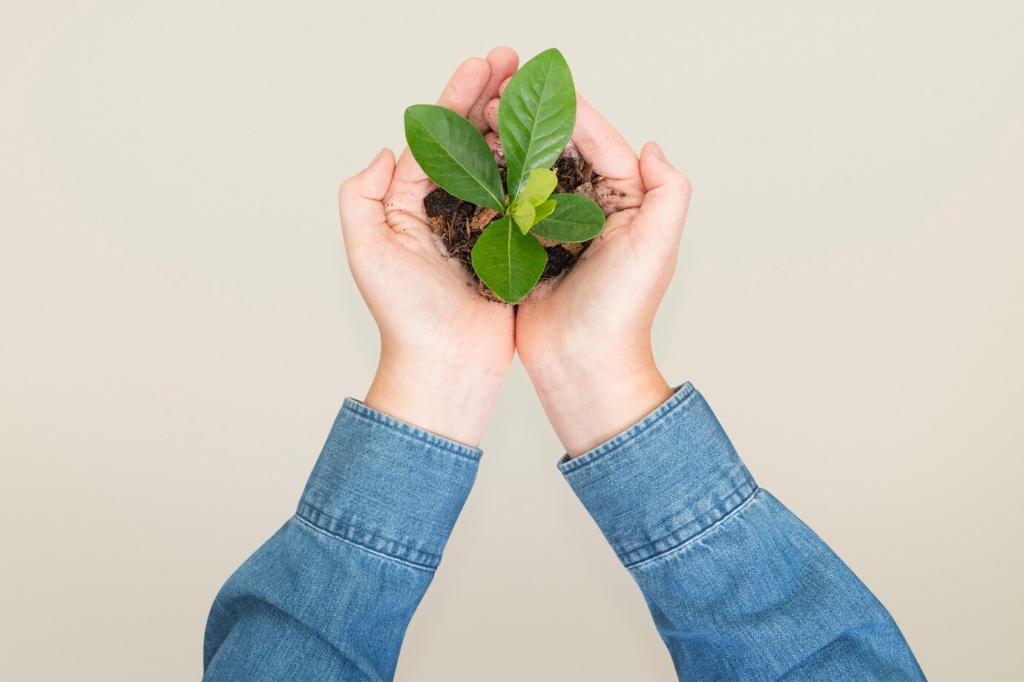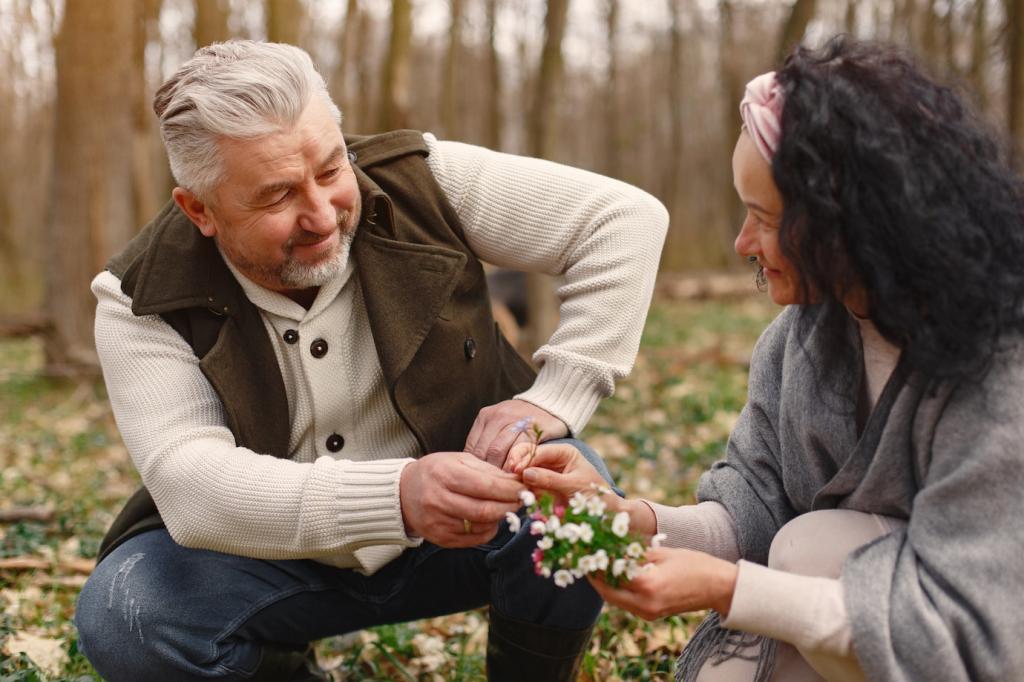Materials and Fabric Choices That Protect Better
Opt for tightly woven organic cotton, hemp, or linen that naturally resists dirt and breathes well. Durable fibers reduce cleaning frequency, and regenerative agriculture supports soil health, water conservation, and biodiversity—values that echo through every cushion and seam.
Materials and Fabric Choices That Protect Better
Seek fluorine-free, water-based finishes designed to resist water and light soils without persistent chemicals. These newer formulations prioritize fabric handfeel and indoor air quality, offering practical protection while aligning with a more responsible approach to everyday home care.











